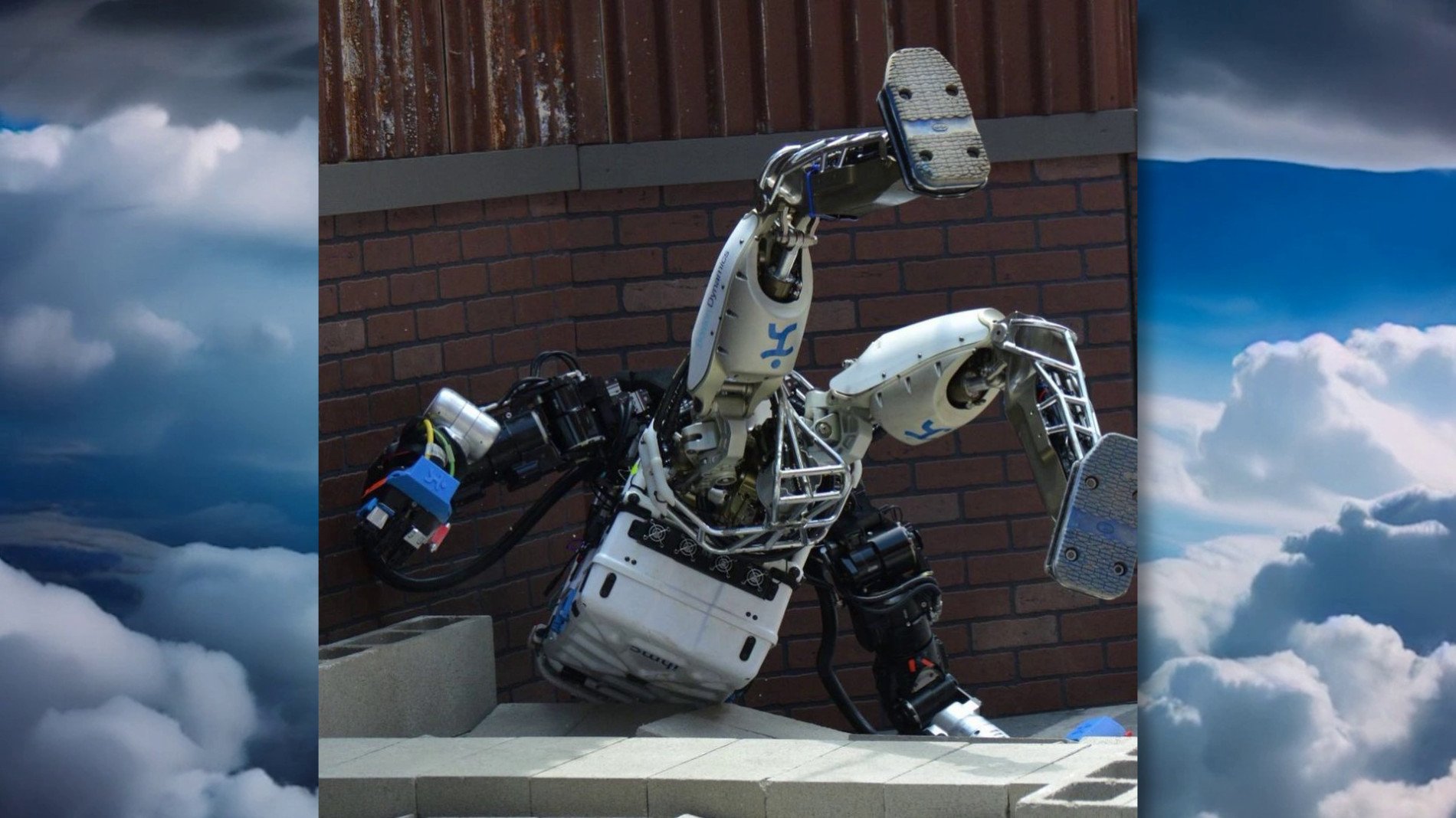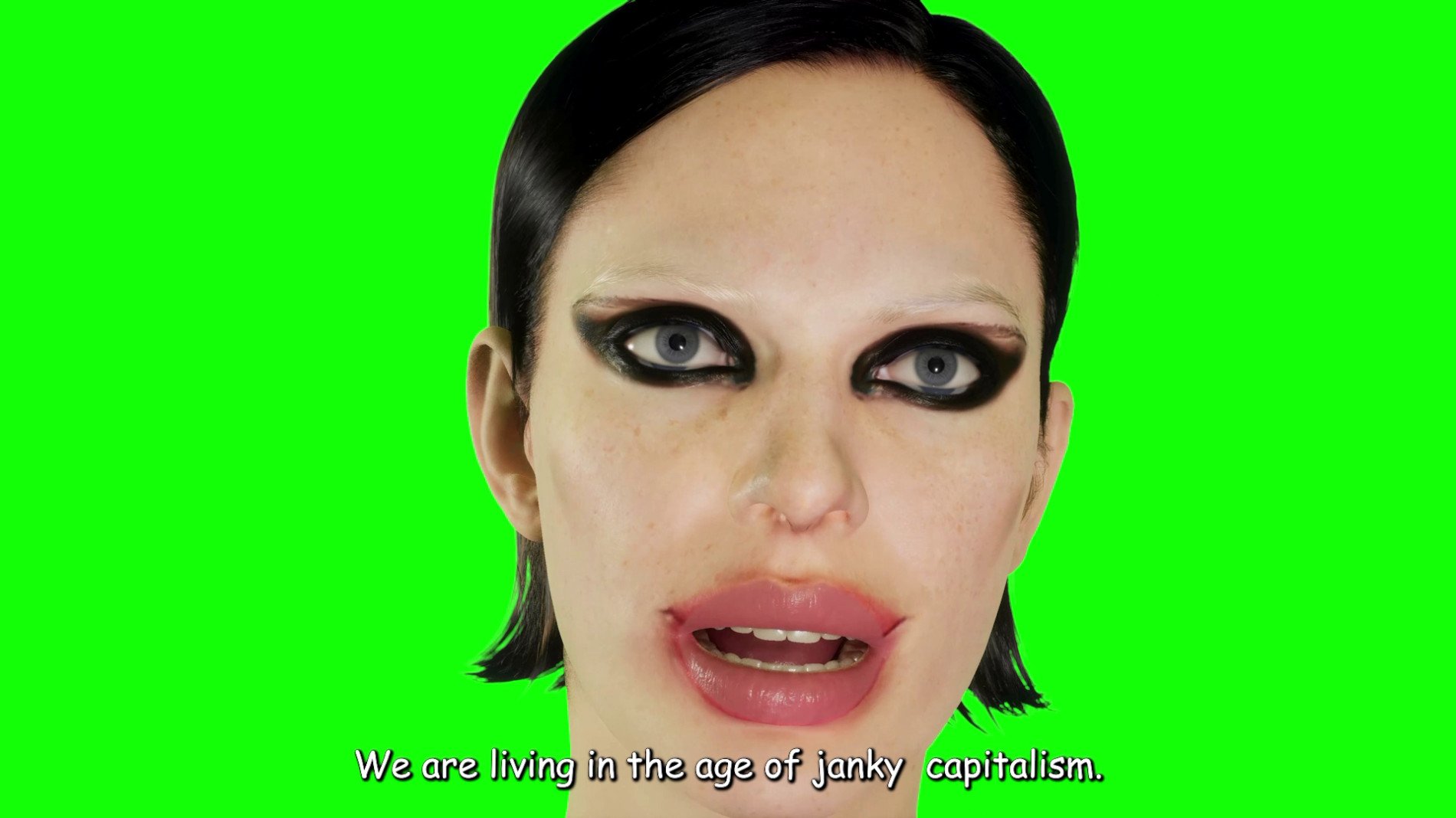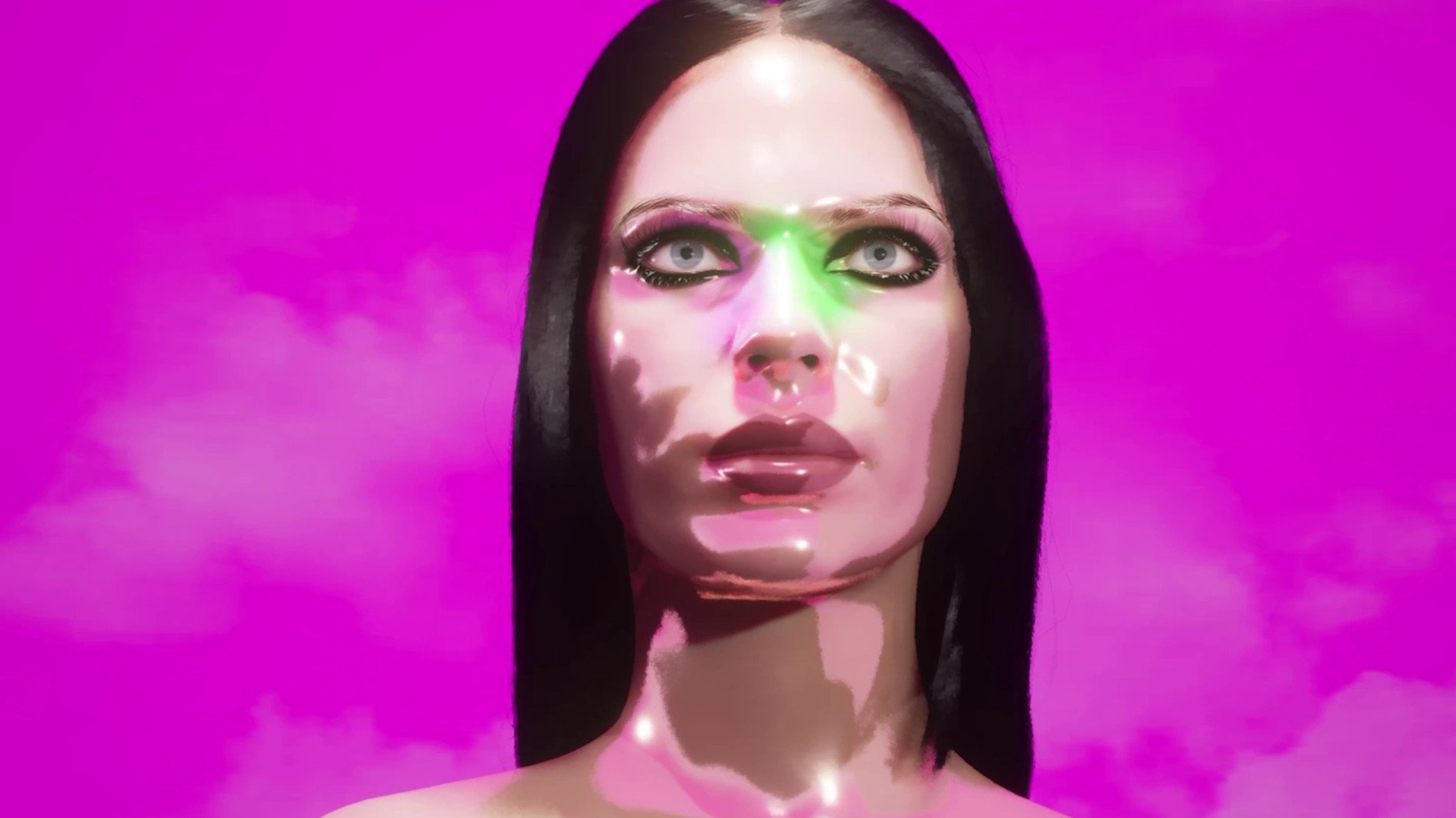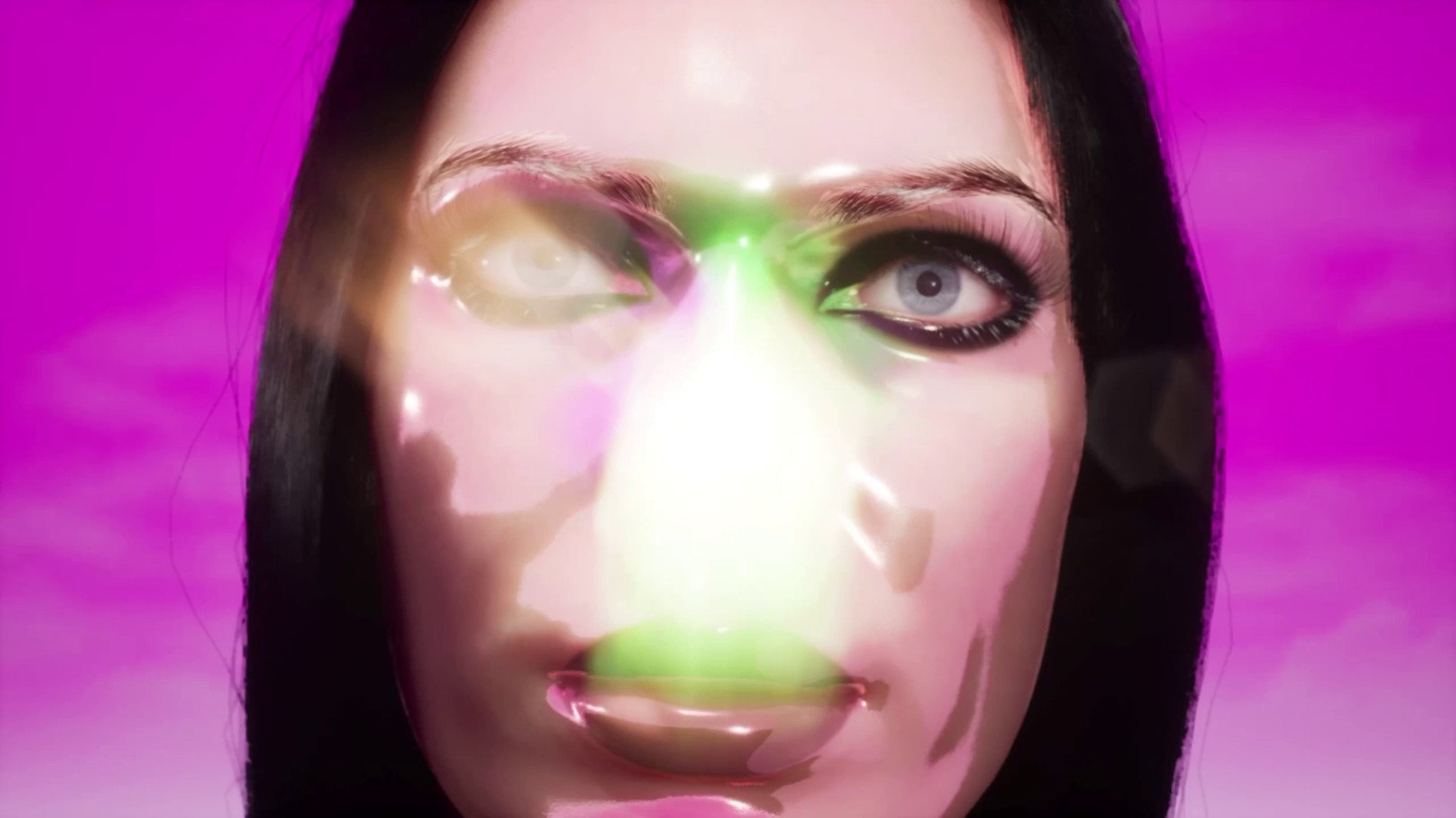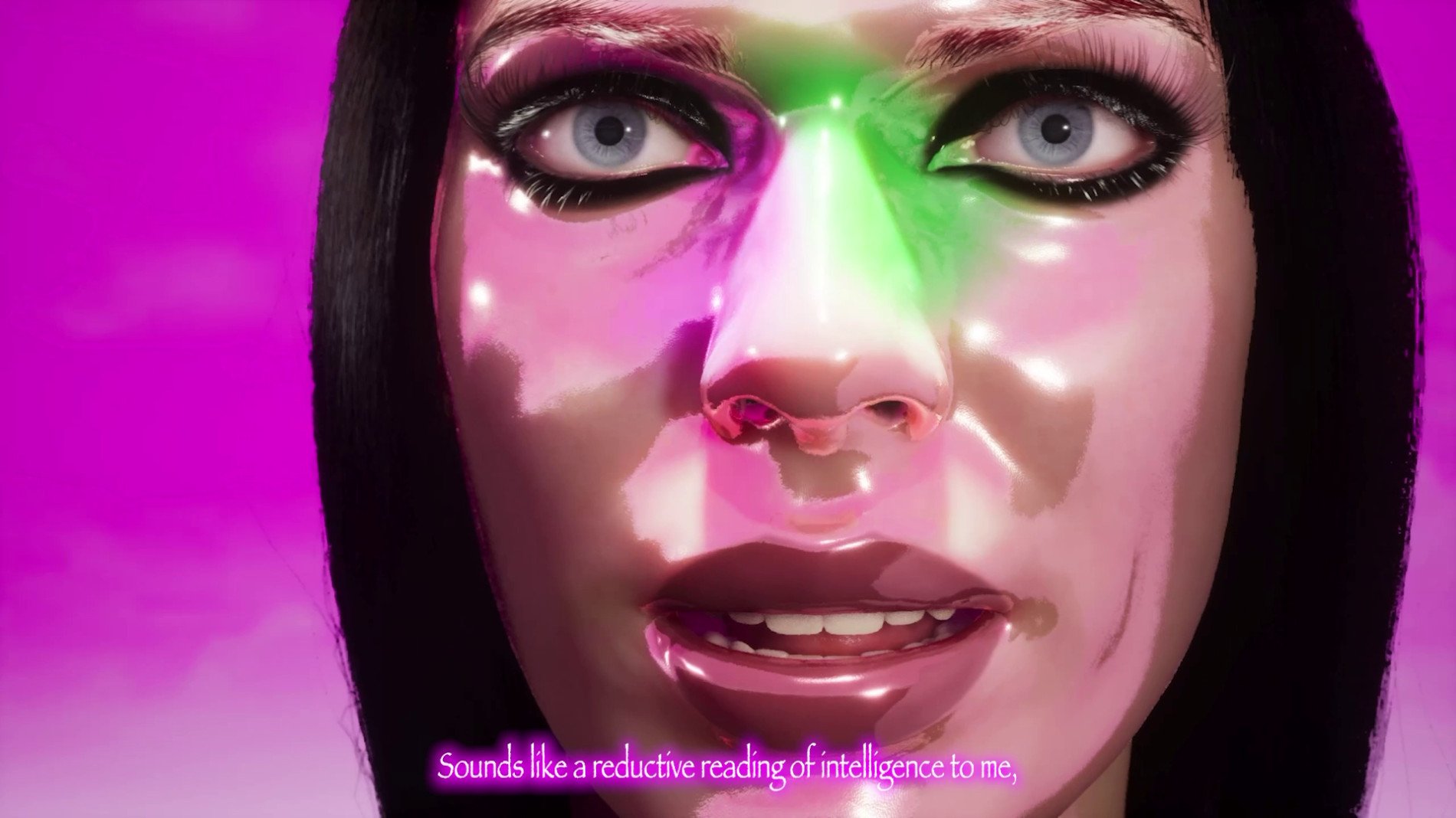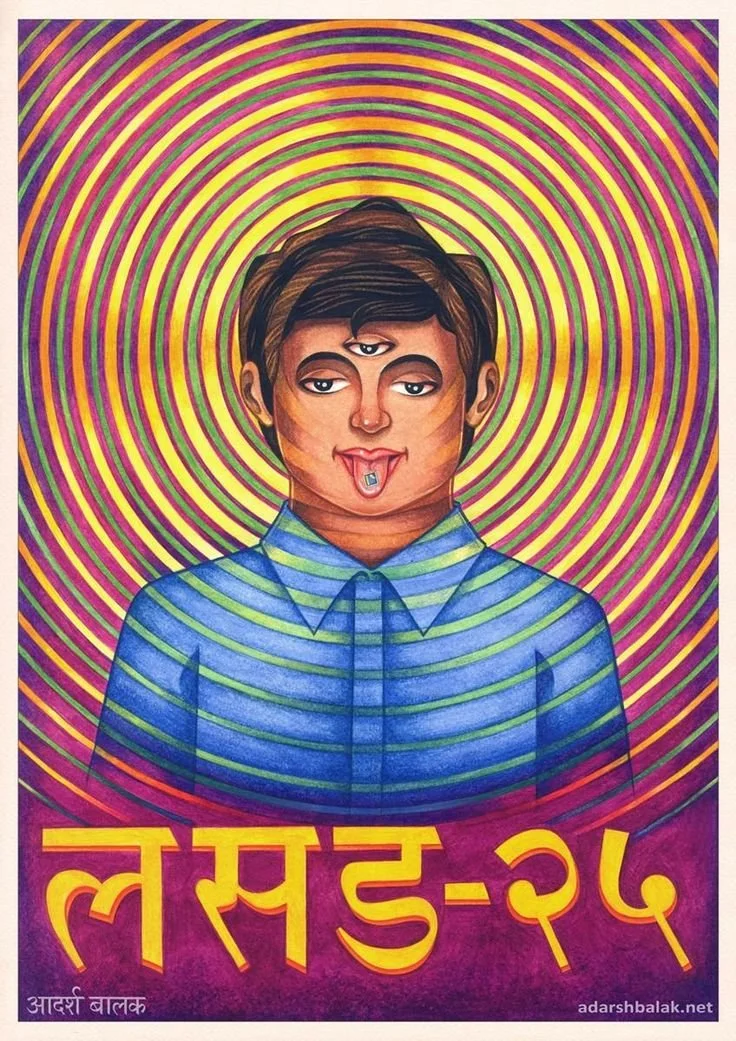Daniel Felstead
Daniel Felstead occupies a captivating intersection where the realms of fashion, art, and contemporary culture converge. With a rich background spanning interaction design, experiential strategy, and academia, Felstead's trajectory embodies a dynamic exploration of creative frontiers. Currently stewarding the Fashion Media and Communication program at the London College of Fashion (UAL), Felstead brings forth a potent blend of theoretical depth and practical prowess to his pedagogical endeavours.
Rafi Abdullah is a writer and curator from Singapore working within the domains of contemporary art and culture.
Danel Felstead's creative odyssey transcends the confines of conventional academia. Through a diverse array of mediums including digital film essays, performance lectures, and collaborative ventures, he interrogates the fractured realities of contemporary society with a keenly critical gaze. His body of work dismantles disciplinary boundaries, inviting audiences to reconsider the role of cultural production in sculpting our collective consciousness.
Drawing inspiration from an eclectic spectrum encompassing philosophy to pop culture, Felstead's oeuvre traverses intricate landscapes with finesse, offering profound insights into the ever-evolving terrain of cultural expression. By embracing fashion as a technology of world-making and recognizing its capacity as a potent cultural catalyst, Felstead pushes the boundaries of artistic praxis, beckoning us to embark on a journey of exploration through novel realms of meaning and experience.
In this interview, we embark on a voyage into the multifaceted tapestry of his creative universe.
You are at present, the course leader of the MA Fashion Media and Communication course at the London College of Fashion (UAL) and have been an educator for some years in that discipline. Most recently however, you’ve been more actively presenting and making, whether individually or in collaboration with others, contemporary art — digital film essays and performance lectures/presentations mostly — that addresses, with a critical and theoretical lens, the often peculiar and extremely fragmented conditions of contemporary society today. Could you speak to this slight deviation (or expansion, rather) from and between disciplines, or do you think that they are not at all that dissimilar after all?
Personally, I don't see what I'm doing as contemporary art at all. My reasons for thinking this are on the one hand, my own boring personal hang-ups with framing my work as art, and on the other, my interest in the issues concerning where the forces of cultural production and value now lie. I think part of this notion of a sort of expansion between these kinds of disciplines, and my interest in the peculiar and extremely fragmented conditions of contemporary society that you've identified in my work, touch on a certain understanding of the role that cultural production now plays in helping to shape these fragmented conditions.
My basic argument here is that over the last seven or so years, fashion in the broadest sense, that is, fashion understood now as principally a media platform, has overtaken contemporary art as the dominant cultural driver of our times.
What I mean by that is that unlike with contemporary art which has entangled itself in the narcissistic knots of its own contradictions, fashion seems to be able to offer a stage where various economic, political, cultural, social, environmental, and infrastructural vectors converge. From marketing, branding, celebrities, social media etc. to supply chains, manufacturing, speculative finance, agriculture, global politics, trade, laws, patents, etc., fashion is able to collapse all these abstract and deranged forces of our times into a somewhat coherent and convincing kind of narrative of what it is like to exist in the 21st century.
In this sense I really do see the work that I'm doing as having much more connection with fashion than with contemporary art to be honest. It’s worth stating that I have an ambivalent relationship to fashion. I'm not trained in fashion in any way. I trained as an interaction designer and worked as an experiential designer and strategist for several years before I took up my post at LCF, and my PhD was adapting the work of Tino Sehgal to explore issues of speculation, the platform, and complex systems. I don't have any romantic connection to fashion per se.
Instead, for me, fashion is a world-building technology. And here I’m reminded of Ursula K. Le Guin’s definition of technology as “the active human interface with the material world.” Fashion brands are masters of world-building. This is what they do, and they do this by creating active human interfaces, through the creation of what we might now broadly term “content” and through the manipulation of what McKenzie Wark calls “vectors of information.” And if we agree with Wark that our contemporary ruling class are no longer concerned with the ownership of the means of production but instead with the ownership of these vectors of information then fashion brands are prime examples of this.
However, as part of this operation, and what is really interesting to me in terms of my own work is that, not only do fashion brands operate on this macro level but also, and at the same time, on the micro level, where all of these forces are condensed into a single garment that touches our bodies. When you're wearing, say, a heavy leather jacket or something, its weight, its smell, and the sharpness of the thick metal zips are things you can’t ignore or deny. It really forces your body to be positioned in a particular way and it changes how you appear in the world. I think this tangible precision is a major factor of fashion’s power today. It’s ability to condense into a very real experience a set of forces that otherwise could seem opaque and abstract.
It's really this that I, at least try, to position my work, as opposed to within, I guess, the conventions and history of contemporary art. I think in this regard, I don't see there being a big dissimilarity between the work that I do on a day-to-day level as the course leader of a Master’s programme in fashion media and communication and the work I make outside of that role. For me they are all channels of the same operation.
I mean, a major thread that runs through both my teaching and my own work is what I refer to as a flat ontology, in the sense of sort of working with all these things, practices, etc. without an inherent hierarchy. With the making of individual works there is this attempt to collapse content distinctions and entangle them into one another. But collectively also there is a kind of attempt to understand each piece of work or practice as elements within an ecosystem that you're sort of trying to build.
I was really impacted by this amazing interview with Virgil Abloh shortly before he passed away where he suggested that rather than trying to control the creation of a single object, which, following Duchamp, will inevitably change depending on the context of the room its placed in, why not instead design the room itself.
This is something that really resonates with me. All these different elements, from the designing and running of an MA programme, to creating a film essay, to creating a video installation, to delivering a performance lecture, to curating an exhibition, to programming and hosting a summit, to shit posting on Instagram, are all part of the same thing. Obviously, they each have their own nuances and their own affordances, and their own scales, etc. but for me, they are all part of an attempt to build a kind of ecosystem that somehow comments on and reflects our current condition.
I suspected as much, your response on how intertwined the domains of fashion and art are after all for you. There's much to say also about what you've described as this zeitgeist where the fashion domain as a "cultural powerhouse", is much more loaded and potent than the contemporary art arena. But before we go into that, I would love to pick up on the notion of the embodiments of fashion as an information vector. One permutation of this as we know it is the "muse" which is also something that also appears in your work (a blase AI-generated Julia Fox as the narrator of "The Metaverse in Janky Capitalism").
I'm reminded of K Allado-McDowell's Pharmako-AI, where they spoke of how artists, in perceiving and transmitting emergent hyperspace, become channels and portals interfacing with an 'outside'; to which Chat GPT3 quips that "in the past, this outside was called the muse". Could you speak to this idea of a muse as container or conduit as they appear in your works? Who and what is the muse today to you?
Firstly, I really love K Allado-McDowell and their work. They have been such a massive influence on me, and getting to know K over the years has really been a great privilege. They are such a generous and kind person. As a small gesture of my appreciation, I managed to include a pic of Pharmako-AI in the closing sequence of “Literally No Place.”
To be honest, I hadn’t thought much of the figure of the muse in my work until now. Mainly because, at least in its modern everyday sense, a muse seems to be understood as a kind of passive figure (typically a women) who is used by a man for his art. I guess one could legitimately criticize both “The Metaverse in Janky Capitalism" and “Literally No Place” for falling into this trope. Obviously, I would dispute this reading as I think the dynamic is more like a fanfic. But I guess even in this fanfic reading the muse can be understood as a celebrity figure who, on account of their excessive affective power, is symbolically pacified by the fan.
I’m currently reading the incredible “Y/N: A Novel” by Esther Yi, which explores related themes within the context of K-pop fandom. However, to return directly to your question, I like the idea of AI Julia being a kind of conduit between our physical world and an emergent hyperspatial world. It reminds me of K’s more recent work on shamanistic practices and AI. Here, and following the work of anthropologist Eduardo Viveiros de Castro, K understands the shaman as a kind of cosmological diplomat, someone able to mediate between the physical and spiritual worlds.
Perhaps AI Julia is something similar?
Certainly, working with AI Julia felt like I was channelling a kind of outside world through her voice. Like, through the various methods and processes in which her voice materialized these ideas, thoughts, and expressions emerged seemingly out of nowhere. It’s fair to say, throughout the entire process I never felt in possession or in control of her voice. She was leading me as much as I was dictating what she would say. This touches on the connection ChatGPT makes with the ancient Greek’s understanding of the muse: as a goddess possessing her own creative power and in turn inspiring others to create art.
I’m also reminded of Mladen Dolar’s amazing book “A Voice and Nothing More” where he argues that alongside the two widespread uses of the voice – meaning, and aesthetic admiration, there is a more mysterious third metaphysical use, the object voice, the voice as lever of thought. This touches on the etymology of muse, meaning "to reflect, ponder, meditate; to be absorbed in thought.” Certainly, one of the central aims of both “The Metaverse in Janky Capitalism" and “Literally No Place” was to create a space to reflect on these emerging technologies and the rhetoric that support them. In this sense, AI Julia was a muse in that she became this conduit to not only bring disparate worlds together but also to mediate thoughts on them.
I like that introduction to the voice as a metaphysical lever of thought. I think it's a good contrast to most of the criticism around how passive interactions with AI models can be. Here, your open-ended exercise with AI Julia is emblematic of a shift beyond a merely passive relation. Going back to the earlier parts of our conversation, you mentioned how the domain of art has been overtaken by other stacks (such as fashion and gaming) as a dominant cultural driver, and in your work, you made references to Balenciaga as a world-building entity for example. I'm curious to know what are some of your speculations about what this major vibe shift will bring to us or how it will steer our reality in the upcoming episodic seasons?
There are multiple ways in which to read this shift towards fashion and gaming becoming the dominant cultural forces of our time, and it’s clear this shift will continue to have profound cultural and economic implications. In a general sense, this shift is a recognition of the ‘platform’ as the general condition or logic in which cultural production now occurs, regardless of whether what being produced is for a platform or not.
With this in mind, it’s crucial to understand both fashion and gaming as fundamentally concerned with Worldbuilding (capital W intended – see Ian Cheng). This is common knowledge with gaming. However, I would argue this is now the case for fashion, which operates, principally, as a media platform from which a World can be built and staged. I’m reminded of this amazingly profound statement that Cedric Charbit, CEO of Balenciaga, said in a recentish interview with the Business of Fashion “Balenciaga became a platform where anything is possible.”
As a fun fact, in its original definition, which emerged in English theatre of the sixteenth century, the platform designates the stage on which the theatrical fictional Worlds of Shakespeare and the like would be played out. For the platform heads out there, the theatre scholar Henry S. Turner has this amazing book called “The English Renaissance Stage: Geometry, Poetics, and the Practical Spatial Arts 1580-1630” which explores this. One of the consequences of this swing to fashion and gaming (as Worldbuilders) as the dominant cultural forces of our times will be a shift in focus away from the production and display of discrete and complete “objects” towards the composing of lore systems as the central means of creating an ever-expanding media universe.
Obviously, the Marvel Expanded Universe is a blueprint. However, I think K-Pop is a much more interesting and potent model to follow here.
In a recent talk “The K-Pop Metanarrative and Citizens of Idolatry” given at the BODYSTACK summit, I organised in Sept 2023, the writer and co-host of the fashion adjacent podcast Nymphet Alumni, Alexi Alario did a deep dive on the K-Pop group Loona and the elaborate Loonaverse lore system that initiated by the groups creative team but was mostly created by fans. The Loonaverse was this overarching fictional metanarrative involving the Mobius strip, alternate timelines, colour theory, astrology, genetics, and Jungian archetypes. And whilst the group didn’t have a clue about these crackpot theories, their creative directors seemed to be consciously dropping these crumbs in their music videos, teasers and content. As Alexi describes, the intention seemed to be turn fans into “schizophrenics scrambling for meaning in every lyric and every split-second frame zooming into the backgrounds of everything and reading things backwards and upside down.”
I think we will see more of this kind of thing, obviously with varying degrees of skill, interest, and success. In the context of fashion, this will mean that the role of a house’s collection will become less about the clothes themselves (as discrete objects) and more about how the collection is able to add new depths to the brand’s lore system, unlock new levels within the brand’s World and generate ever more schizophrenic behaviour from their once customers and now fans-as-content-producers.
I was immediately already thinking about the Marvel universe film franchise's tactioning before I finished reading your responses, and indeed you brought it up. But for me, the difference between the Marvel ecosystem that is still rooted in capitalist marketing logics, and this K-pop model or similar counterparts (i.e. Japanese weibo fandom/4chan/reddit culture etc.) lie in the agency that is actually afforded to fans-as-co-creators to steer the universe.
I think our friend Shumon Basar also described this paradigm somewhere either in his Lore Lexicon or in that New Models pod with Dorian Electra (in the pod they also spitball on the new political dynamics that emerge out of this reality), as an era of "fanficfication".
Do you suspect however that this momentum, not unlike fashion cycles, is potentially cyclical? That there will be a fatigue towards an oversaturation of boundless universes, and that mainstream society will crave once again for a "canon" to align to, or do you think that there is still much that can be explored and manifested with co-created universes without things getting schizophrenic?
It’s important to state that Worldbuilding itself is nothing new. The term was first used in 1820, and the construction of a fictional world goes back to at least Dante's ‘Divine Comedy’ in the 14th century. However, what I think is new is the generalization of Worldbuilding as the primary mode of creative production.
In this sense, you are quite right to point out the difference between the closed Worlds of the Marvel universe and it’s like, and the open Worlds of the K-pop model which actively encourages, and is structurally dependent on, fans becoming co-creators of the group’s universe. However, as I see it, the differences are not necessarily to do with their respective position to capitalism. The fan-as-co-creator is as enmeshed in capitalist logics as the carefully controlled universes of a movie franchise or brand.
The difference is to do with the protocols of how the World is built. The fan-as-co-creator can be seen as the latest and most advanced version, and will, arguably, become (if it’s not already) the general mode of creative production. In some ways this has been a long time coming. The German sociologist Gerhart Shultze foresaw this in the early 90’s with his notion of the ‘experience society.’ This was taken up by the American economists Pine and Gilmore in their seminal book ‘The Experience Economy’ several years later. However, the fan-as-co-creator only really makes sense as a general mode once the platform becomes the social, cultural, and economic conditional logic (what the political theorist headz would call ideology).
Because of this, I think it’s smart to treat this mode ambivalently. Moreover, because of its dominance, I certainly foresee some pushback, and for sure there will continue to be a value in a singular vision. In large part this is because it offers the comforting assurance of a canon to align to, which is cute, I guess. But we should see this as the exception not the rule. Moreover, it will be afforded to an increasing smaller pool of creative “geniuses” with everyone else being relegated to the role of "content creators."
An example of this pushback can be found in fashion’s recent post pandemic “return” to “clothes as clothes” with the likes of Prada FW23 and Balenciaga’s post-satanicpanic/pedogate collections, and Demna claiming that “it’s not about marketing or business strategy... it’s about creativity and craft.”
However, I don’t foresee a general return to these simpler times. Like, fashion’s “return” to “clothes as clothes” was super short-lived. This was because, it was kind of boring. Like, the clothes alone simply aren’t enough to sustain the forces now at play. I think a more telling example is the appointment of Pharrell Williams at LV. Or Balenciaga’s recent FW24 collection in LA along with their Erewhon collab, including basic hoodies, tote bags, caps, and $14 fruit juices.
And whilst these have been criticised as sinical marketing stunts, we can look at other examples such as Telfar and Martine Rose. Through their infrastructural operations and their focus on building and nurturing their own community with their telfar.tv at the centre of this, Telfar have made a hard fork by quite literally constructing their own fashion system. Equally, across their collections and various media channels, Martine Rose has built their brand by engaging with and celebrating their community. An example of this can be found in their recently launched OUR CHANNEL (produced the amazing International Magic), which offers a tribute to identity formation, style, and connection in the decades before the internet reimagined it all.
For me, both Telfar and Martine Rose offer inspiring models of how to build compelling Worlds in these weird-ass times and suggest that there are still lots that can be explored and manifested with co-created universes. The genie is out the bottle and things will only get more schizophrenic. Personally, I’m all for it, why not. Fuck it, we ball.
Speaking of genies and bottles, and as we eclipse into a new year, what and who has made it into your new year in and out list?
Out:
Nihilism
Bros
Quiet Luxury
Taste
Rationality
Planetary Scale Computation
Techno Gnosticism
Provocations
Condescension
“It’s Complex”
Genocide
In:
Lens Flare
Huel Black Edition (Vanilla Flavour)
Botter
Baroque Sleaze
Lore Systems
Solipsistic Collectivism
Techno Derangement
Content Collapse
The Pump
Hotness
Affect
Generosity
Cynar Spritz
Pepsi Max Cherry
Dancing Fruit Vids
Self-Determination
interview RAFI ABDULLAH
What to read next





